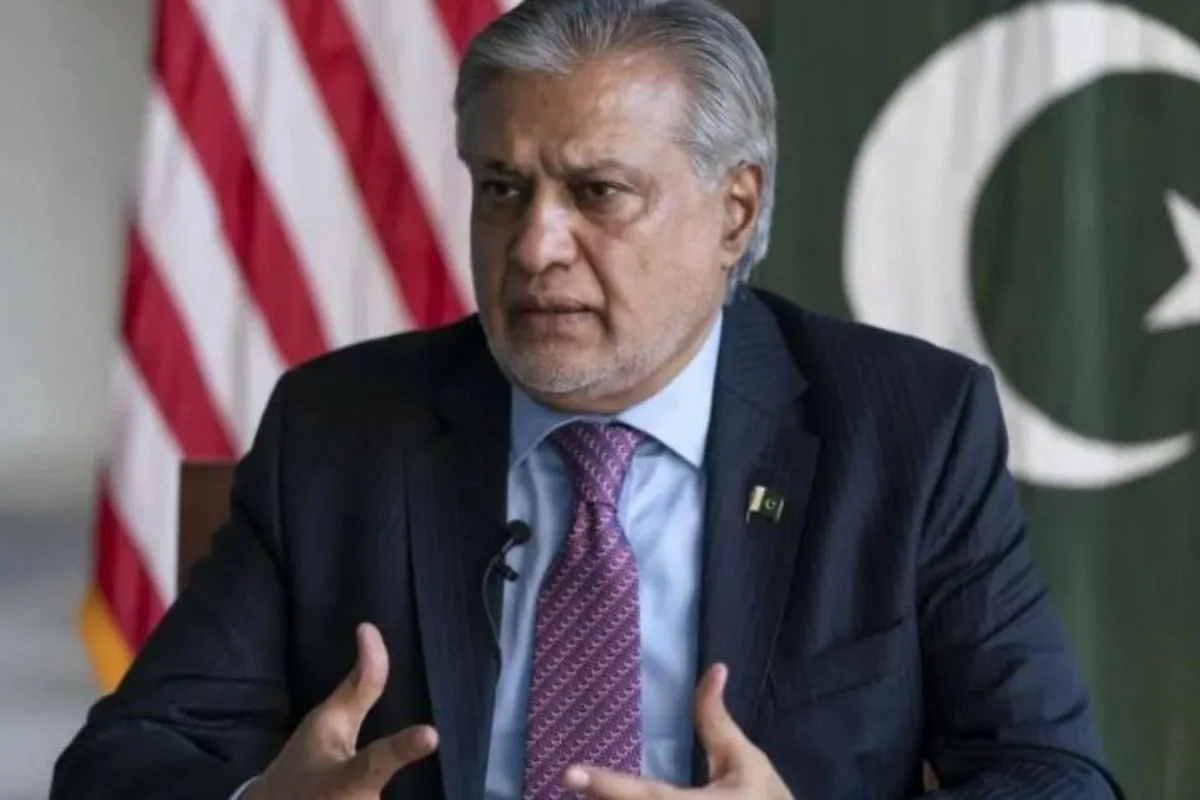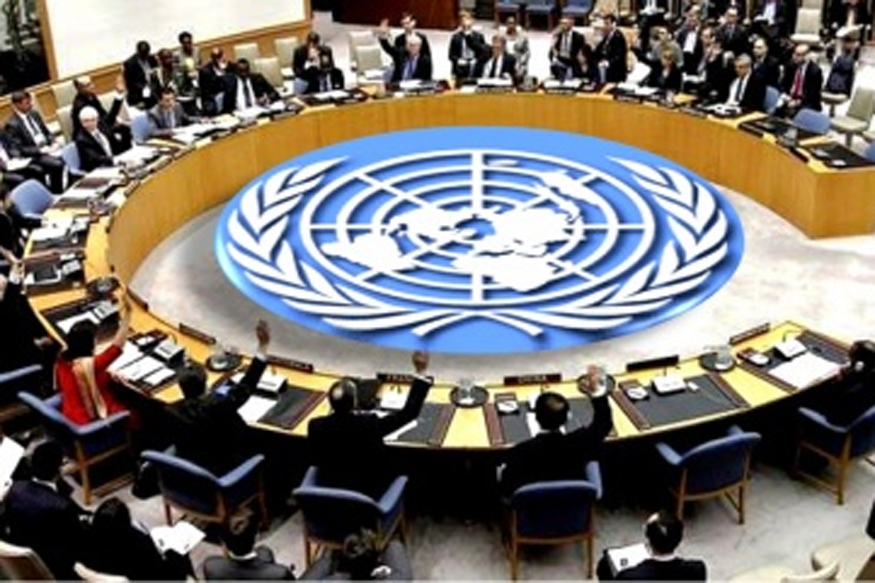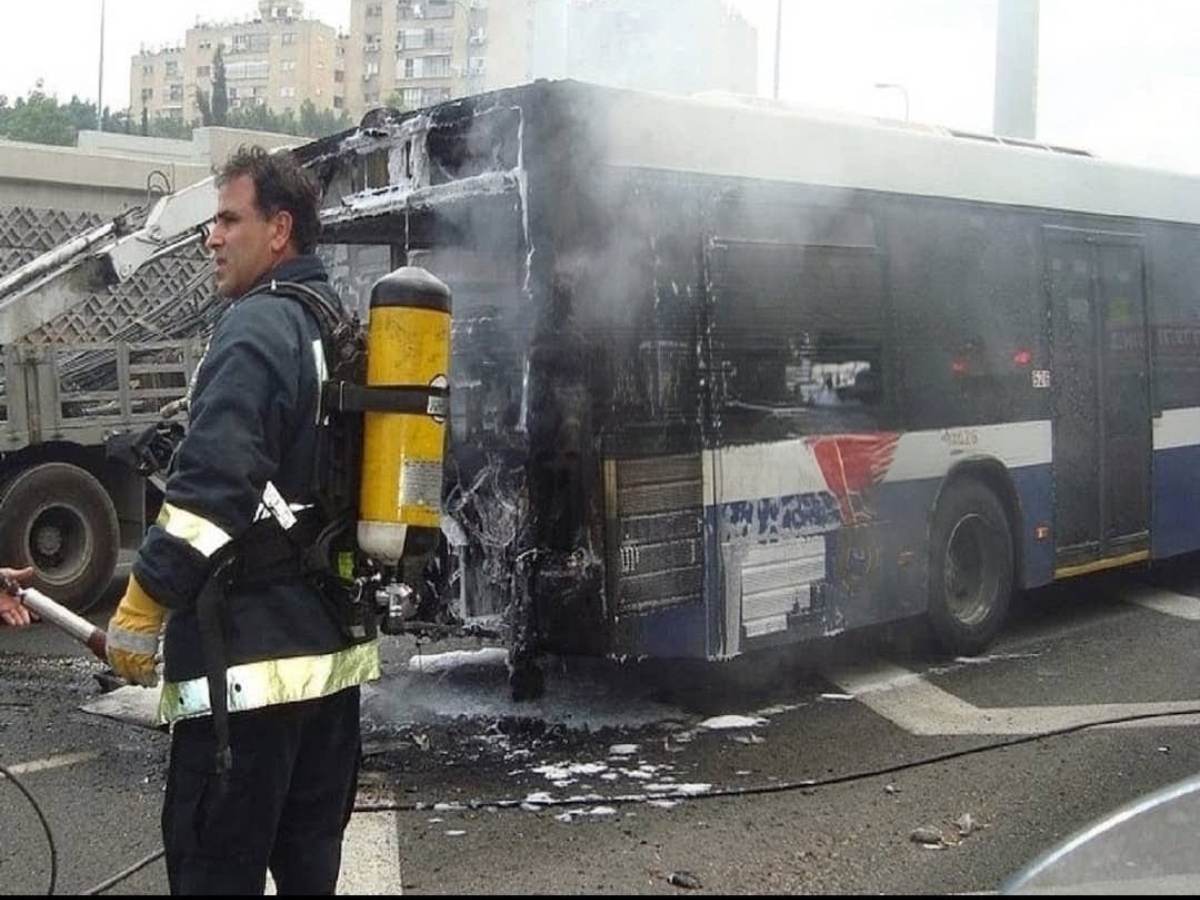Ishaq Dar Opens Door to India-Pakistan Dialogue: Talks on Kashmir and More Back on the Table
By: Javid Amin | 22 Aug 2025
A Cautious Opening
In an unexpected yet significant statement, Pakistan’s Deputy Prime Minister and Foreign Minister, Ishaq Dar, declared on August 22 that Islamabad is willing to resume comprehensive dialogue with India—including the long-standing issue of Kashmir.
Dar’s remarks, made outside Pakistan’s Parliament, come at a time of heightened tension between the two neighbors, following Operation Sindoor and retaliatory strikes earlier this year. His words may represent either a genuine diplomatic olive branch or a strategic recalibration aimed at easing international pressure.
Either way, the statement reopens a corridor of possibility in a relationship that has long remained frozen in hostility.
What Ishaq Dar Said
Speaking to reporters, Dar outlined Islamabad’s stance:
“Talks, whenever held, will be not just about Kashmir but on all issues.”
He emphasized Pakistan’s openness to resume a composite dialogue framework, historically covering:
-
Kashmir
-
Cross-border terrorism
-
Trade and economic cooperation
-
Cultural and people-to-people exchanges
Dar further revealed:
“We were told to sit down at a neutral location, and I said if that is the case, we are willing to meet.”
This indicates that third-party facilitation, likely by the U.S. or another neutral actor, may be in play to bring both sides back to the table.
The Context: Operation Sindoor & Rising Tensions
Dar’s conciliatory remarks come after a volatile summer of conflict and diplomacy.
April 22: Terror Attack in Pahalgam
-
A devastating terror attack in Pahalgam killed 26 civilians, sparking outrage in India.
-
New Delhi directly blamed Pakistan-based groups.
May 7: India Launches Operation Sindoor
-
India carried out precision strikes on terror camps in Pakistan and Pakistan-occupied Kashmir (PoK).
-
The strikes were described as “decisive and limited”, targeting terror infrastructure.
May 8–10: Pakistan Retaliates
-
Pakistan attempted strikes on Indian military installations, though India claimed they were intercepted.
-
India launched fierce counterattacks, escalating fears of a wider conflict.
May 10: Ceasefire Understanding
-
A quiet ceasefire deal was reportedly reached, following U.S. intervention.
-
Washington urged both nuclear-armed neighbors to step back from the brink.
Against this backdrop, Dar’s openness to talks signals a possible cooling-off phase—though skepticism remains high in New Delhi.
India’s Position: No Talks Without Action on Terror
India has long maintained that talks and terror cannot go together.
-
Defence Minister Rajnath Singh recently reiterated:
“India will not engage with nations that glorify terrorism.”
-
He pointed to Pakistan’s practice of state funerals for militants, which India sees as a glorification of violence.
For New Delhi, the condition is clear:
-
End cross-border terrorism.
-
Dismantle terror infrastructure.
-
Demonstrate credibility before talks resume.
This hard line reflects both domestic political compulsions and a desire to avoid repeating past cycles, where dialogue was derailed by terror attacks.
Political Undercurrents
Pakistan’s Calculus
-
Facing economic crisis and international scrutiny, Islamabad may view talks as a way to ease diplomatic isolation.
-
The military establishment, traditionally the driver of India policy, may be recalibrating under pressure.
India’s Calculus
-
The Modi government is wary of being seen as “soft” ahead of elections.
-
However, maintaining long-term stability along the Line of Control (LoC) remains a strategic necessity.
International Pressure
-
The U.S., EU, and even Gulf states quietly prefer stability in South Asia.
-
Washington, in particular, fears escalation could distract from its broader Indo-Pacific strategy.
The Possibilities Ahead
Dar’s words create space for speculation. Several scenarios are possible:
1. Optimistic Scenario: Structured Talks Resume
-
Both sides agree to a neutral venue (e.g., Dubai, Geneva).
-
Talks begin on trade, visas, and humanitarian issues, gradually expanding to Kashmir.
-
This builds confidence and reduces LoC flare-ups.
2. Pragmatic Scenario: Limited Engagement
-
Instead of full talks, backchannel diplomacy continues.
-
Agreements may emerge on ceasefire reinforcement, trade corridors, or prisoner exchanges.
3. Pessimistic Scenario: Talks Collapse
-
Fresh terror attacks derail the process.
-
India hardens its stance, and Pakistan reverts to confrontation.
-
The region returns to the familiar cycle of dialogue and disruption.
Why This Moment Matters
-
Regional Stability: South Asia remains one of the world’s most volatile regions. Even limited dialogue could prevent dangerous escalation.
-
Economic Stakes: Trade normalization could benefit both economies, particularly Pakistan’s struggling markets.
-
Global Optics: Dialogue helps both nations project responsible state behavior, critical for international partnerships.
Bottom-Line: Between Hope and Skepticism
Ishaq Dar’s statement is significant—not for its novelty, but for its timing. After Operation Sindoor and a near-war scenario, his words suggest that Pakistan is signaling flexibility under pressure.
For India, however, the position remains firm: terror must end before talks can begin. The gap between these two stances is wide, but not unbridgeable.
History shows that India-Pakistan dialogue is never linear. It moves in fits and starts, often derailed by violence. Yet every opening, however small, carries the potential to break the cycle.
Whether Dar’s remarks become the first step toward thawing frozen ties or just another fleeting gesture will depend on political will, public mood, and regional realities in the weeks ahead.



